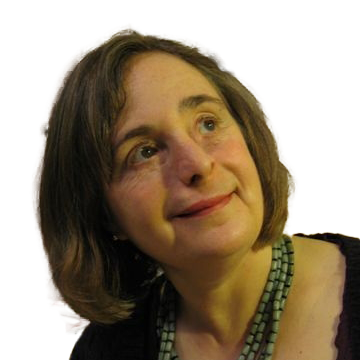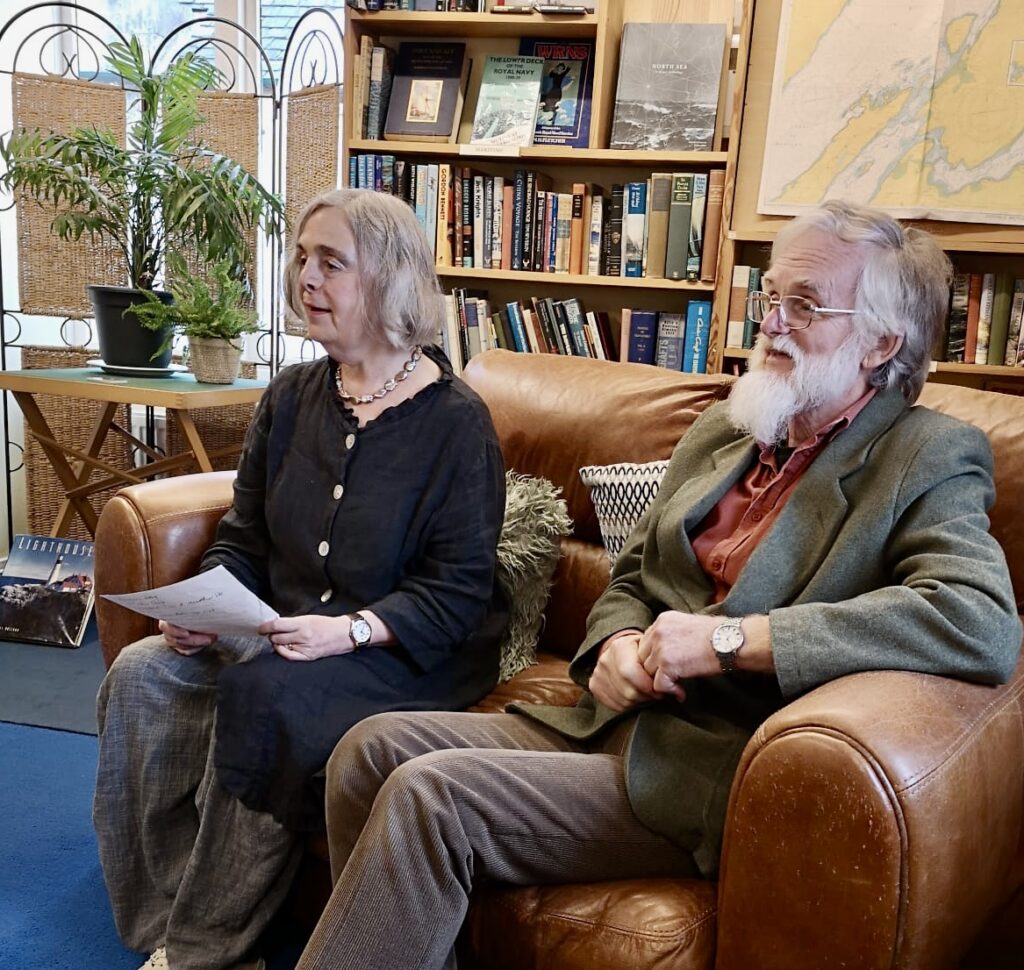Listening to the BBC Radio 4 version of Haydn Middleton’s novella, The Ballad of Syd and Morgan (by Roger James Elsgood, broadcast on May 20th 2023), I heard Morgan (E M Forster) explain to his unexpected visitor (Syd Barrett, founder member of Pink Floyd ) that novels are made by sending a bucket down to dredge the unconscious mind, then combining the novelist’s own life-experience with whatever it fetches up. This blog post is about the life experience part of what went into the making of The Seaborne. In my next post, I’ll have a go at the bucket-dredging part.
When you edit a book, you get to know it inside out. Particularly when the writer is your husband and the two of you live beneath the same roof and can readily pass the manuscript to and fro. If both of you are fully focused on making the story the best you can, it becomes a creative collaboration.
My first acquaintance with The Seaborne was as an idea Andrew told me heʼd had years before on holiday in County Galway. Clambering on rocky cliffs, looking out across the Atlantic, heʼd wondered what it would be like for a technologically savvy man – an engineer, perhaps – to find himself pulled back into an earlier time. How would he manage? And how would he communicate his ideas?
He wrote a few chapters, then put it aside until, one winter in Heatherfield, our home in Findhorn, northern Scotland, he found himself house-bound with a heavy cold.
“Why donʼt you do something with that novel idea you told me about?” I asked.
And he did.
By the time he recovered from his cold, things were well underway. The wind was in his sails, and my next involvement was when he asked if Iʼd draft a scene where only young women are present. That was an edge for him, back then, and I was delighted to have a go.
By the time the book was shown to its first publisher, I had moved into the role of editor, and could see the many ways in which Andrewʼs life-experience informed the narrative and gave it depth. The book is set on an imaginary island off the coasts of Scotland and Ireland in a parallel world like – but not quite the same as – ours of a thousand years ago. While itʼs a world away from rural northern Nigeria, where Andrew lived for a time as a young doctor, his experience of being an outsider in a host community with very different assumptions from his own provided rich ground from which to imagine the experience of John Finlay, finding himself in the medieval world of the Island. The malaria Andrew contracted there also provided him with the experience of the wanderings of a fevered mind, such as John experiences after being fished, half-drowned, from the sea. Andrewʼs time in Nigeria then meshed with his later experience on an off-grid croft on the Scoraig peninsula in northern Scotland where, if you want water, you must bring it from the burn. If you want power, you have to generate it from a combination of solar panels, wind-turbine and Pelton wheel (a small water turbine). And on a dull, still day when the burn is low, you simply do without.
When John awakens from his fever on the Island, he is like a grown up child, with none of the skills or know-how needed, and no common language. Living first in Scotland, then in Wales, and attending language classes, Andrew got to know the patterns of the Celtic languages which helped him suggest Johnʼs struggle in his slow progress from isolation to communication in the Island world. This takes place in the care of the priest and his wife, leading Andrew to draw on his own mid-career experience of Anglican ordained ministry, and his later discovery of the Culdee, an ancient tradition that arose in the British Isles when the druids assimilated the Christ story. While avoiding any attempt at replicating that tradition in his narrative, knowledge of its world-view and practices informed his depiction of the spiritual and religious traditions of the Island.
John morphs into Dhion – the name he is given by the Islanders – half way through the book. A man who felt hunted in the competitive world of his London-life, he is deeply moved by the efforts of his host-community to integrate him, and begins to identify with the new man he is becoming. No sooner does he find his feet, than he wants to share something of his 21st century knowledge, but this meets with unexpected results. Here, Andrewʼs scientific background comes in, combined with his turn-your-hand-to-anything readyness to make-do-and-mend – an essential quality on an off-grid croft – or the acre of land in West Wales where he now lives.
The Seaborneʼs first reader review began: “Just beautiful!” A beauty that resides in no small part in the authorʼs ability to evoke the natural world in which his characters move. Poet and academic, Damian Walford Davies, described The Seaborne as ʻa parable for our particularly torn times.ʼ He focused on John as a refugee, highlighting how we are all ʻseaborne foundlings,ʼ adrift in an uncertain world. Beyond that, we live in a time that dreads human-generated environmental catastrophe. It is my sense that such a catastrophe can only be navigated by a people, like the Islanders, with the opportunity and know-how to be self-sufficient.
Technically, The Seaborne is a historical portal-fantasy. It takes a man from our times into an invented world with marked resemblance to a known historical period: in this case, the eleventh century. But after John appears in that world, the character of the book is down-to-earth. There are no dragons or wizards, nothing more fantastic than a wise woman and the bizarre worlds of altered states of consciousness, whether generated by fever, or by the extremes of ordeal. For readers who prefer crime to fantasy, it even contains an attempted murder.
Well after the book was complete I learned, with a thrill, of the heroʼs journey outlined by Joseph Cambell. The thrill was because I realised that in The Seaborne, John/Dhion unwittingly sets out on the heroʼs quest, a path that takes him through the cave and the ordeal that follows, into …
Well, you must read the book for yourself.
Gillian PB



2 Comments. Leave new
Dear both,… following your brief stay with us here at Sandhaven (Findhorn) we have just journeyed through The Seaborne and the Priests wife… reading aloud to each other every evening and taking the powerful story line into our dreams. So now we’re wondering…what news of the third? Will we see any of the same characters?
Thank you for recreating a world so different from our modern one..but where we can see reflected many of the same themes and longings.
Yes indeed, I’m already well into the first draft of the last book of the trilogy, The Shareg. (Anyone who doesn’t know what a shareg is need only read the first two books!) Dhion and Shinane, now with four lively children, Morag and Micheil and Sorcha and the others all have a part to play. As the conflict foreshadowed in The Priest’s Wife moves to its climax, so also the story of John Finlay is brought full circle. And a body is washed up on the beach at Sandwood Bay.
When’s it coming out? When it’s ready! We will be sure to let you know. A G Rivett